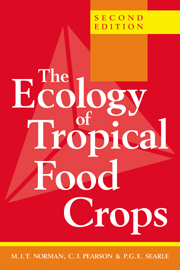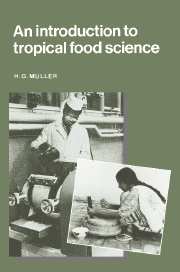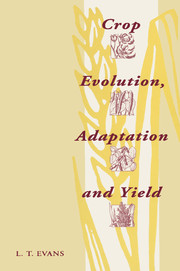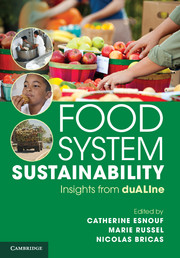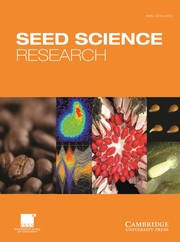The Ecology of Tropical Food Crops
In tropical developing countries farmers tend to grow a wide range of crops in a small area for subsistence or sale. To make full use of often limited resources a good understanding of how environmental conditions affect the characteristics and performance of these crops is essential. This book considers the response of tropical food crops to environmental factors such as climate, soil and farming system. Three types of crop are considered; cereals, legumes and non-cereal energy crops, with individual chapters on the four most important crops in each group. This material is set in context by introductory chapters on tropical farming systems, tropical climates and tropical soils. This updated edition retains the successful formula of the first edition, and will serve the needs of advanced students of tropical agriculture, as well as professionals engaged in research and extension work in tropical crop production.
Product details
May 1995Paperback
9780521422642
444 pages
228 × 152 × 28 mm
0.717kg
Available
Table of Contents
- Preface
- Part I. General:
- 1. Tropical cropping systems
- 2. Tropical crop/climate relations
- 3. Tropical crop/soil relations
- Part II. Cereals:
- 4. Cereals in tropical agriculture
- 5. Rice (Oryza sativa and O. glaberrima)
- 6. Maize (Zea mays)
- 7. Sorghum (Sorghum bicolor)
- 8. Pearl millet (Pennisetum glaucum)
- Part III. Legumes:
- 9. Crop legumes in tropical agriculture
- 10. Groundnut (Arachis hypogaea)
- 11. Common bean (Phaseolus vulgaris)
- 12. Soybean (Glycine max)
- 13. Chick pea (Cicer arietinum)
- Part IV. Non-Cereal Energy Crops:
- 14. Non-cereal energy crops in tropical agriculture
- 15. Cassava (Manihot esculenta)
- 16. Sweet potato (Ipomoea batatas)
- 17. Yams (Dioscorea species)
- 18. Bananas (Musa species)
- References
- Index.

